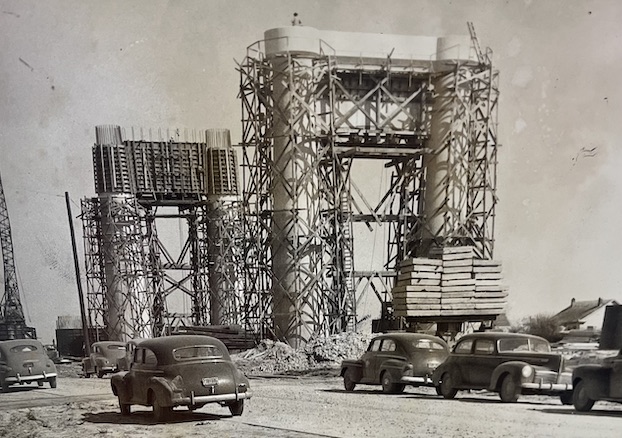Lines drawn in 1912, took effect year later
Published 8:56 pm Sunday, December 17, 2017
Editor’s note: Andrew Perzo is on vacation. The following is the first installment of a four-part answer to a question on local history. It first ran in 2012.
In what year was the northern boundary of Calcasieu Parish decided, and why does it go north to include DeQuincy?
The boundary was decided on in 1912, but it didn’t take effect until 1913, the year Calcasieu was quartered to create three new parishes. And it juts northward because DeQuincy didn’t want to be part of Beauregard Parish.
In fact, DeQuincy wanted to be in a parish apart from the other two altogether.
Calcasieu, formed from a section of St. Landry Parish in 1840, was first sundered in 1870 when it contributed land to create Cameron Parish.
Within the next quarter-century, residents in some parts of Calcasieu began calling for another division of the parish. An item in the June 26, 1896, edition of the Tensas Gazette in St. Joseph noted that Calcasieu residents had submitted a petition to the Legislature to protest the idea.
The push to divide the parish began to gain traction in 1904, when the Jennings Commercial League — arguing that Calcasieu was too large to govern efficiently — set up a lobbying post in the state capital to advocate partitioning.
“C.E. Wooten, heading a delegation from Jennings, arrived today and established headquarters at the new Istrouma to take up the fight for a division of Calcasieu parish. …,” read a New Orleans Picayune item published in the May 13, 1904, edition of the Lake Charles American.
“The Jennings people are determined in the matter. They have organized and will maintain a stout lobby here until some disposition of their case is made. Mr. Wooten comes with his coat off and his sleeves rolled up. He started in before he had left the train.”
Three days later, headlines on a story in the Lake Charles Daily Press — anti-division like the other city papers — indicated that the effort faced significant opposition.
“Calcasieu Warmly Objects To Dismemberment. Will Not Fiddle For Jennings,” read two of its headlines. “Much, if Not the Strongest Opposition Comes From the Eastern Portion of the Parish,” read the summary paragraph.
According to the story, the residents of Welsh, Lake Arthur and Kinder objected to dividing Calcasieu and making Jennings the seat of a new parish. Residents of Oberlin, Fenton, Roanoke and Hayes eventually joined them, and a bill introduced to create a new parish — which was to be named Foster — died in the state House that June.
But the so-called divisionists — also known in the press as “divisioners,” “secessionists” and “Jenningsites” — returned two years later, and a Lake Charles Daily Press notice printed on April 24, 1906, spoke with dread of the coming fight.
“The forces of the advocates of division are thoroughly organized under competent leadership and they have adopted a definite and sane plan of campaign,” read the story.
“There will be no divided leadership, no conflict as to plans of campaign, no scattering attacks, no grand-stand plays. The parish division people are pulling together and they are profiting by their own former mistakes as well as by those of their opponents.”
l
The Informer answers questions from readers each Sunday, Monday and Wednesday. It is researched and written by Andrew Perzo, an American Press staff writer. To ask a question, call 494-4098 and leave voice mail, or email informer@americanpress.com.





